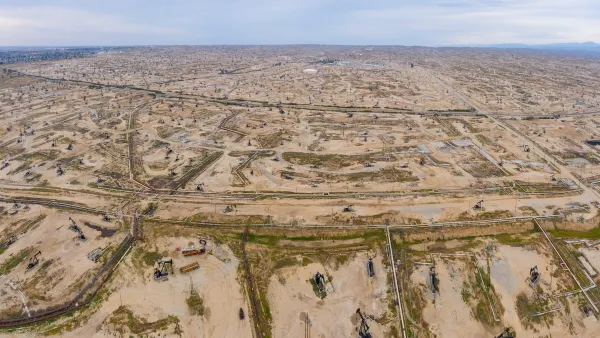Paul Stenquist analyzes the surprising influence that geography has on the carbon footprint of electric vehicles.
As Americans increasingly turn to electric vehicles due to rising gas costs and interest in reducing greenhouse gas emissions, a new report shows that another set of calculations should be considered. The report, released by the Union of Concerned Scientists on Monday, shows that "the effect of electric vehicles on the amount of greenhouse gases released into the environment can span a wide range, varying with the source of the electricity that charges them. "
Their well-to-wheels analysis considers the full cycle of energy production. "It demonstrates that in areas where the electric utility relies on natural gas, nuclear, hydroelectric or renewable sources to power its generators, the potential for electric cars and plug-in hybrids to reduce carbon dioxide emissions is great. But where generators are powered by burning a high percentage of coal, electric cars may not be even as good as the latest gasoline models - and far short of the thriftiest hybrids."
Stenquist examines the geographical breakdown of electricity generation. Electricity in the midsection of the U.S. is generated in large part by coal, while cities like Seattle and Los Angeles, and surprisingly, Buffalo and New Orleans, are in regions where there is cleaner power.
According to data released in 2010 by the United States Energy Information Administration, "45 percent of the country's electricity is generated by burning coal, the dirtiest fuel. Natural gas, a much cleaner fuel, accounts for 24 percent of electricity production, a figure that is shifting rapidly with price swings. Nuclear plants generate 20 percent of the nation's power, while wind, solar and geothermal sources provide 3 percent." While these numbers help to educate, they also affirm the need for changes in electric power generation in order to maximize the use of electric and hybrid cars.
FULL STORY: How Green Are Electric Cars? Depends on Where You Plug In

Analysis: Cybertruck Fatality Rate Far Exceeds That of Ford Pinto
The Tesla Cybertruck was recalled seven times last year.

National Parks Layoffs Will Cause Communities to Lose Billions
Thousands of essential park workers were laid off this week, just before the busy spring break season.

Retro-silient?: America’s First “Eco-burb,” The Woodlands Turns 50
A master-planned community north of Houston offers lessons on green infrastructure and resilient design, but falls short of its founder’s lofty affordability and walkability goals.

Test News Post 1
This is a summary

Analysis: Cybertruck Fatality Rate Far Exceeds That of Ford Pinto
The Tesla Cybertruck was recalled seven times last year.

Test News Headline 46
Test for the image on the front page.
Urban Design for Planners 1: Software Tools
This six-course series explores essential urban design concepts using open source software and equips planners with the tools they need to participate fully in the urban design process.
Planning for Universal Design
Learn the tools for implementing Universal Design in planning regulations.
EMC Planning Group, Inc.
Planetizen
Planetizen
Mpact (formerly Rail~Volution)
Great Falls Development Authority, Inc.
HUDs Office of Policy Development and Research
NYU Wagner Graduate School of Public Service




























